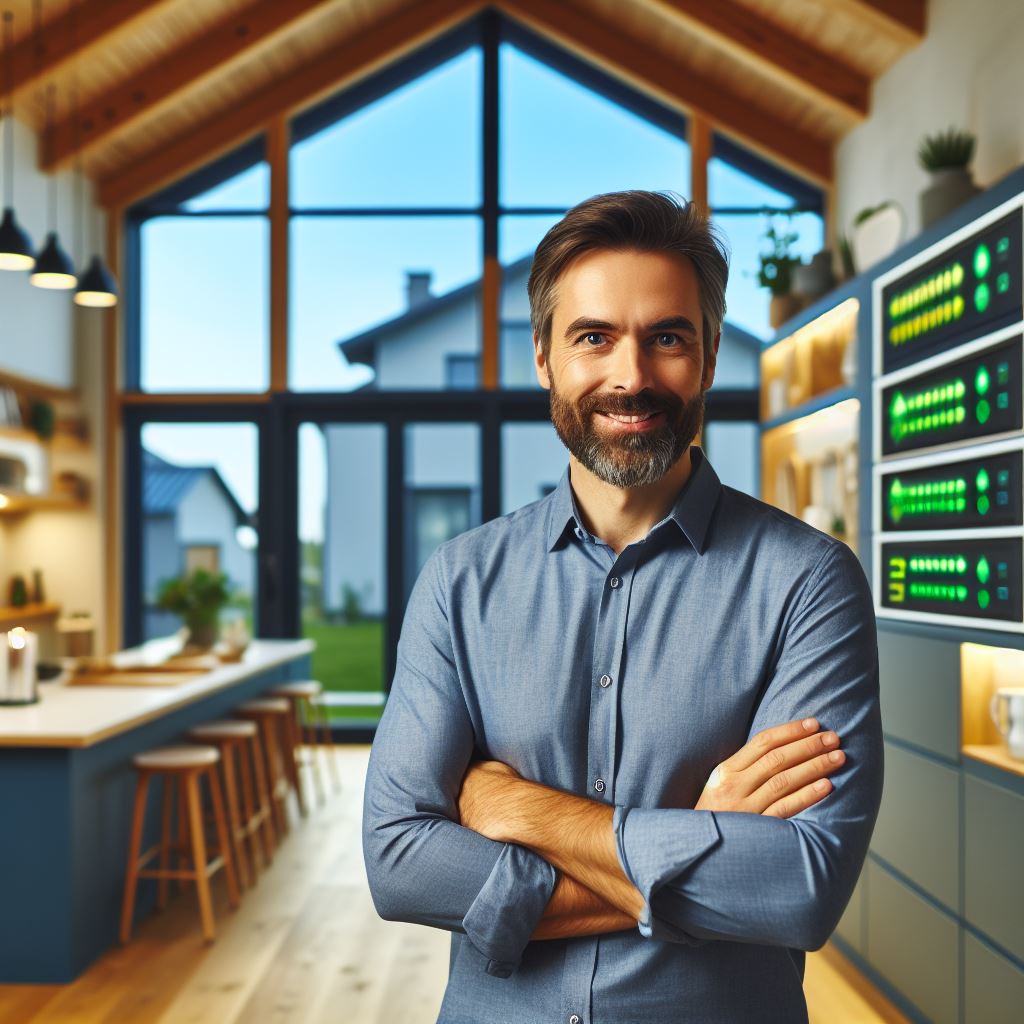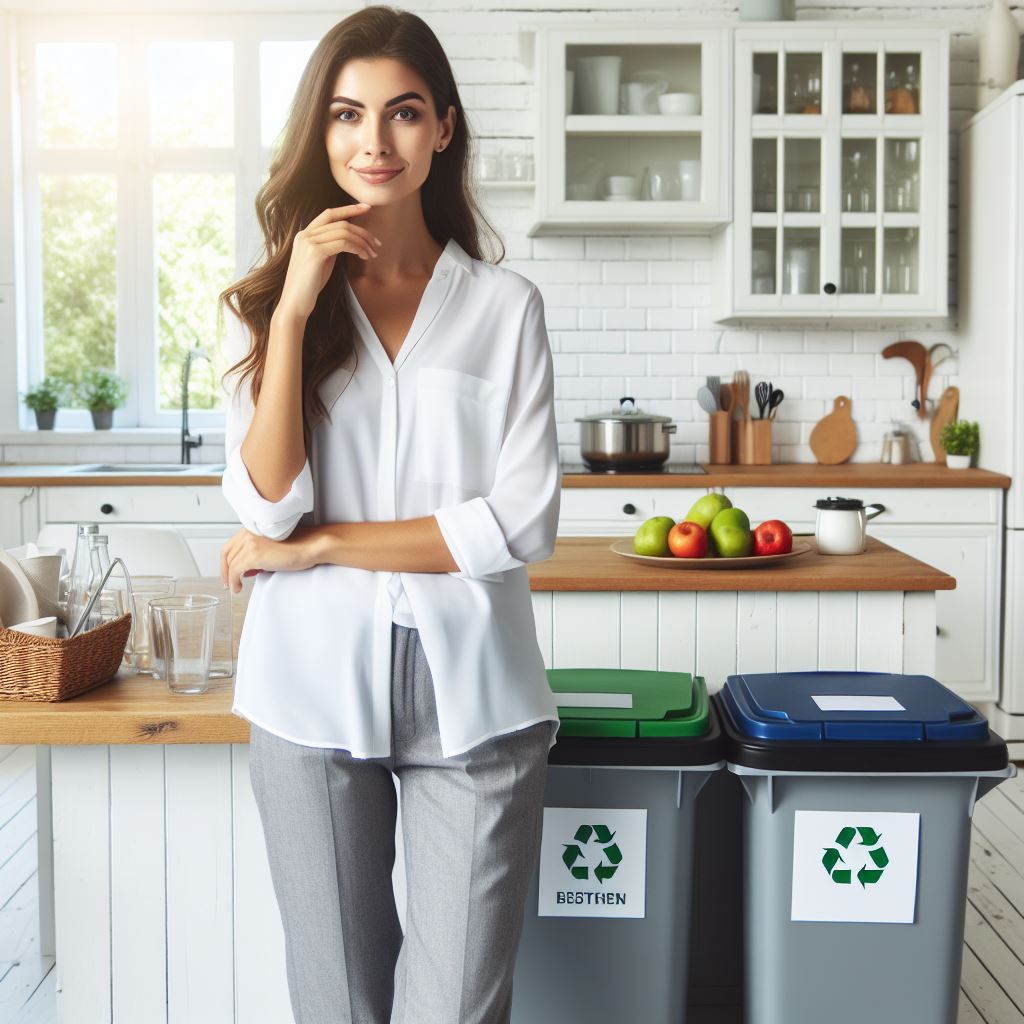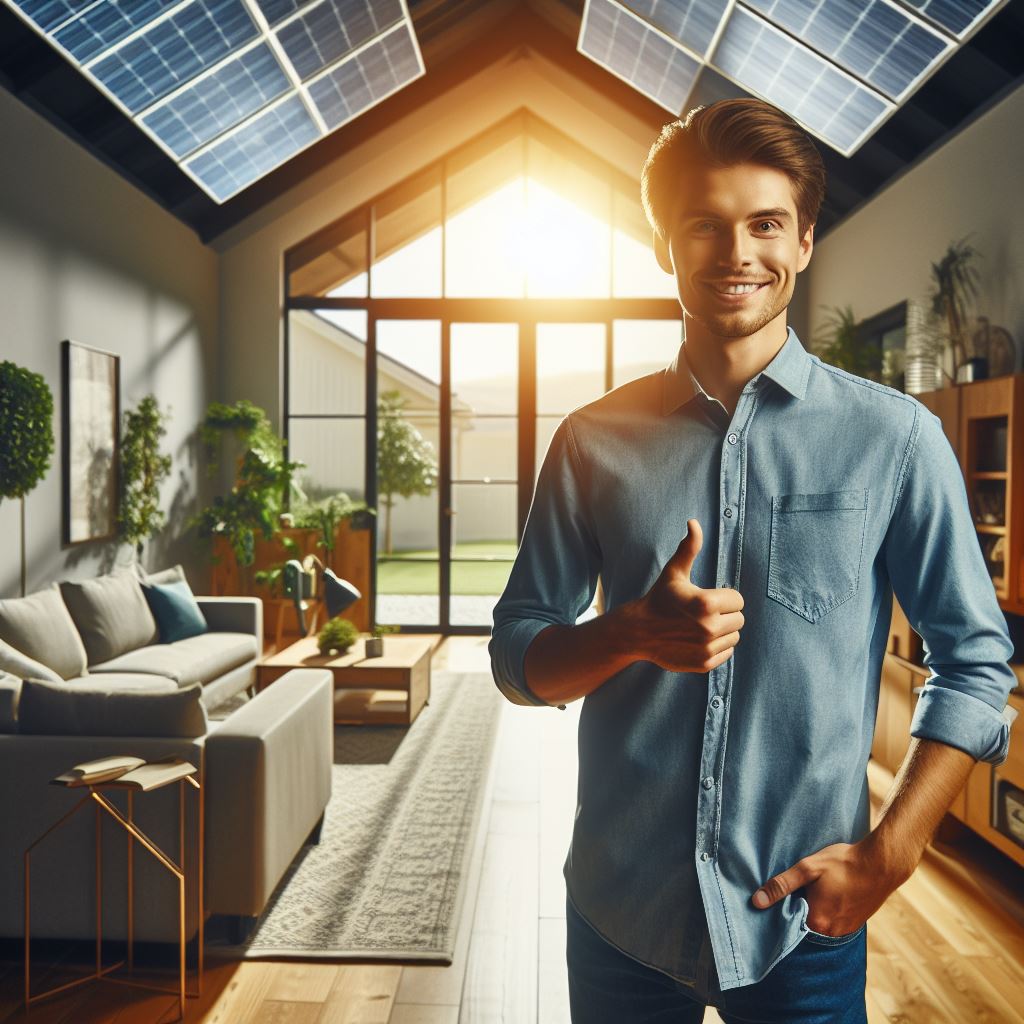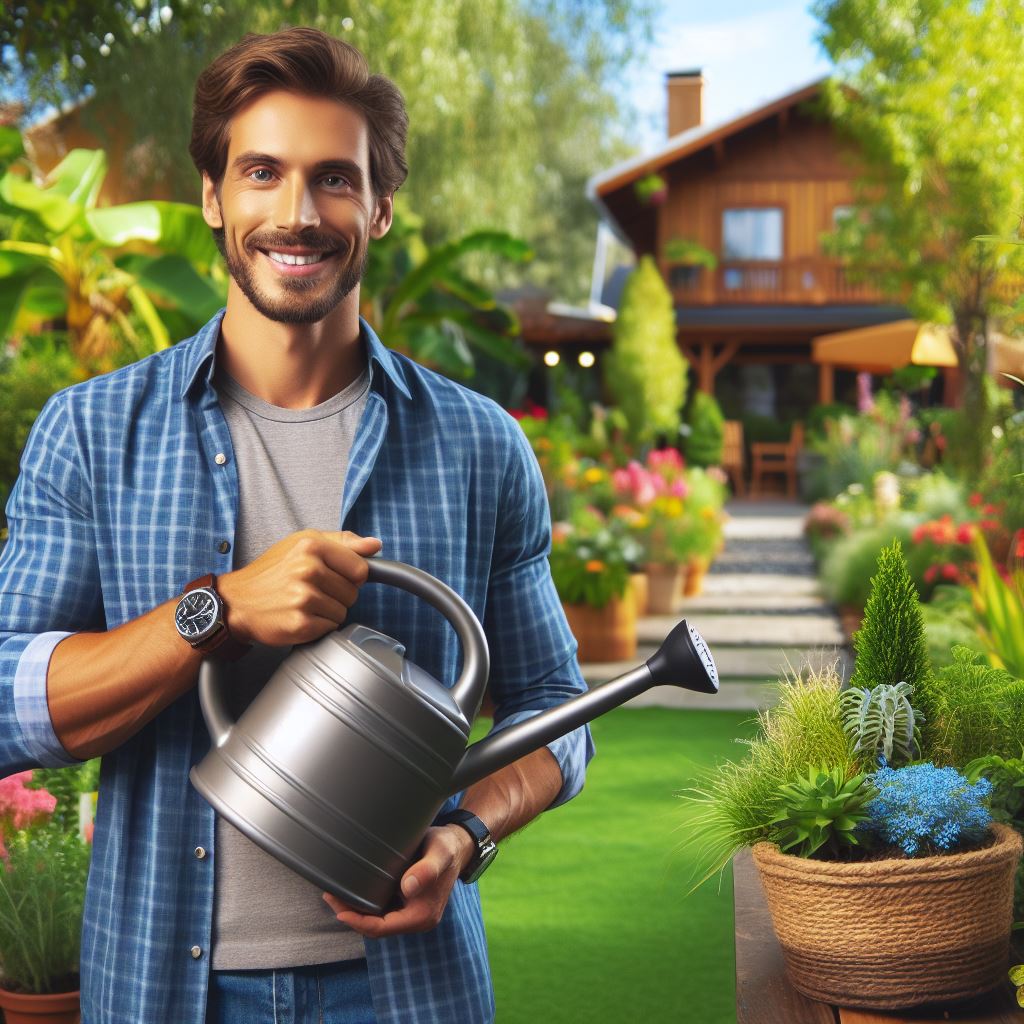Introduction
Eco Friendly Property Upgrades for Energy Savings: In the dynamic landscape of real estate, sustainability has become more than just a buzzword – it’s a guiding principle for property owners and investors alike.
One crucial aspect of this paradigm shift is the integration of eco-friendly property upgrades designed to enhance energy efficiency.
As we navigate the challenges posed by climate change, it is imperative to explore sustainable solutions within the realm of real estate.
This post delves into the importance of energy savings in the real estate sector and the growing concern for eco-friendly property upgrades.
Energy consumption in the real estate sector is a substantial contributor to environmental degradation.
Traditional buildings often rely on non-renewable energy sources, resulting in increased carbon footprints.
Recognizing this, stakeholders in the industry are increasingly prioritizing energy-efficient practices.
Not only does this align with global efforts to reduce greenhouse gas emissions, but it also holds financial benefits for property owners.
Energy-efficient buildings are known to have lower operational costs, making them an attractive investment in the long run.
Moreover, energy-efficient properties contribute to the overall well-being of occupants.
Improved insulation, energy-efficient appliances, and smart technologies not only conserve energy but also create a healthier and more comfortable living environment.
The real estate industry is gradually acknowledging that sustainability is not just about mitigating environmental impact but also about enhancing the quality of life for those who inhabit these spaces.
As the effects of climate change become increasingly evident, there is a growing consensus within the real estate community about the need for eco-friendly property upgrades.
Government regulations and incentives are encouraging property owners to adopt sustainable practices.
Eco-conscious consumers are also driving demand for green buildings, putting pressure on the industry to embrace environmentally friendly solutions.
Transform Your Real Estate Decisions
Unlock personalized real estate insights crafted just for you. Get actionable advice designed to amplify your success.
Get StartedFrom solar panels and green roofs to energy-efficient windows and smart home systems, the options for eco-friendly property upgrades are diverse.
These upgrades not only reduce energy consumption but also add value to properties, making them more attractive in the competitive real estate market.
The increasing availability of eco-friendly technologies and the positive impact they have on property value make it clear – the future of real estate is undeniably green.
Read: Diffusing Tense Situations with Tenants
Tips for Eco-Friendly Property Upgrades
Energy-efficient Lighting Upgrades
LED lights offer numerous benefits such as energy savings, longer lifespan, and reduced maintenance costs.
There are different types of energy-efficient lighting options available, including compact fluorescent lamps (CFLs) and halogen bulbs.
Switching to LED lights can be cost-effective in the long run, as they consume less energy and have a longer lifespan than traditional bulbs.
Insulation Improvements
Insulation plays a crucial role in energy savings by reducing heat transfer and maintaining comfortable indoor temperatures.
Different types of insulation materials, such as fiberglass, cellulose, and spray foam, offer varying levels of thermal resistance.
When considering insulation improvements, homeowners can choose between DIY installation or hiring professionals to ensure proper installation and maximum energy efficiency.
Smart Thermostat Installation
Installing a smart thermostat can lead to significant energy savings and increased comfort.
Smart thermostats offer advantages like remote control, programmable settings, and learning capabilities.
Homeowners can easily adjust temperature settings from their smartphones, and some models even learn users’ preferences to optimize energy usage.
While smart thermostats may have a higher upfront cost, their potential long-term savings make them a worthwhile investment.
Showcase Your Real Estate Business
Publish your company profile on our blog for just $200. Gain instant exposure and connect with a dedicated audience of real estate professionals and enthusiasts.
Publish Your ProfileRead: Handling Tenant Complaints Like a Pro
Renovation Ideas for Energy Savings
When considering solar panel installation, it is important to understand the advantages they provide.
Solar panels generate renewable energy from the sun, reducing reliance on fossil fuels and lowering carbon emissions.
Additionally, solar power can significantly decrease electricity bills, leading to long-term savings.
Solar Panel Installation
However, several factors must be taken into account before installing solar panels.
The location of the property plays a crucial role in determining the effectiveness of solar panels.
Roofs with maximum exposure to sunlight throughout the day are ideal for optimal energy production.
Furthermore, the roof angle should be suitable for solar panel installation to maximize energy absorption.
Apart from the location, homeowners should consider incentives and the cost-benefit analysis of solar panel installation.
Many governments provide incentives such as tax credits or rebates to promote the adoption of solar energy.
Calculating the payback period and return on investment is essential to determine the cost-effectiveness of installing solar panels.
Window Upgrades
Window upgrades are another renovation idea that can significantly contribute to energy savings.
Energy-efficient windows are designed to reduce heat transfer, keeping the interior cool in summers and warm in winters.
By preventing heat loss or gain, homeowners can reduce the need for heating and cooling systems, ultimately saving energy.
Double-glazed windows are particularly effective for energy savings.
They consist of two glass panes with a layer of air or gas in between, acting as an additional barrier against heat transfer.
Double-glazed windows provide excellent insulation, reducing the reliance on HVAC systems and effectively cutting down energy costs.
The choice of window materials also plays a crucial role in energy savings.
In extreme climates, such as hot and humid or frigid areas, vinyl or fiberglass frames are recommended as they offer better insulation properties.
For moderate climates, wood frames are a suitable option as they provide decent insulation while enhancing the aesthetic appeal of the property.
Water Saving Fixtures
Water-saving fixtures are essential for eco-friendly property upgrades.
Installing low-flow toilets and showerheads can significantly reduce water usage and contribute to water conservation efforts.
Low-flow fixtures use less water per flush or minute, resulting in lower utility bills while still providing efficient performance.
The benefits of water-efficient fixtures go beyond water conservation.
By reducing water consumption, homeowners can help preserve local water sources and reduce the strain on municipal water systems.
Additionally, the use of water-saving fixtures can contribute to a more sustainable future and create a greener environment for everyone.
Moreover, implementing water-saving fixtures can lead to cost savings for homeowners.
With lower water consumption, utility bills will decrease, providing homeowners with long-term financial benefits.
The cost-saving potential of installing low-flow toilets and showerheads makes them a practical and eco-friendly renovation idea.
In fact, renovating properties with energy-saving upgrades is a responsible and sustainable choice.
Showcase Your Real Estate Business
Publish your company profile on our blog for just $200. Gain instant exposure and connect with a dedicated audience of real estate professionals and enthusiasts.
Publish Your ProfileSolar panel installation, window upgrades, and water-saving fixtures all contribute to reducing energy consumption, saving money, and preserving the environment.
By considering these renovation ideas, homeowners can take significant steps towards creating an eco-friendly and energy-efficient home.
Read: The Art of Listening in Property Management

Eco-Friendly Landscaping
Landscaping plays a vital role in creating eco-friendly properties.
By focusing on sustainable practices and incorporating environmentally conscious features, homeowners can significantly reduce their carbon footprint and contribute to a healthier planet.
Native Plant Selection
When choosing plants for your landscape, considering native options is highly beneficial.
Native plants have adapted to the local climate and soil conditions, making them more resilient and requiring less maintenance.
Additionally, they play a crucial role in supporting local wildlife.
The importance of native plants cannot be overstated.
They provide food and shelter for native insects, birds, and other wildlife, contributing to biodiversity preservation.
By incorporating native plants, you create a mini-ecosystem within your property, promoting a healthy balance of local flora and fauna.
Furthermore, native plants offer significant advantages when it comes to water conservation.
Their deep root systems absorb and store water efficiently, reducing the need for excessive irrigation.
This not only saves water but also reduces the utility bills associated with landscaping maintenance.
Designing with native plants in mind can be an exciting and creative process.
Consider grouping plants based on their water needs and selecting species that complement each other aesthetically.
Introduce a variety of heights, textures, and seasonal interest to create a visually appealing landscape that mimics the natural beauty of the region.
Rainwater Harvesting
Harvesting rainwater is another eco-friendly landscaping practice that offers numerous benefits.
Instead of allowing rainwater to runoff and potentially cause erosion or overwhelm sewer systems, capturing and utilizing it can reduce water waste and pollution.
There are various rainwater collection systems available, depending on the property’s size and needs.
Rain barrels can be placed under gutters to collect water for gardening purposes.
Larger properties may opt for cisterns or even underground tanks to harvest and store larger quantities of rainwater.
The usability of harvested rainwater is vast. It can be used for irrigation, reducing the reliance on potable water and lowering water bills.
Additionally, rainwater can be used for washing cars, cleaning outdoor surfaces, or even flushing toilets in some cases.
By using rainwater, you not only conserve water but also reduce the demand for energy-intensive water treatment processes.
Green Roof Installation
Green roofs are gaining popularity as an eco-friendly landscaping option, especially in urban areas.
These roofs consist of a layer of vegetation, providing multiple advantages for both the property owner and the environment.
One significant advantage of green roofs is their ability to improve energy efficiency.
The plants and soil act as natural insulation, reducing the need for excessive heating or cooling.
This decreases energy consumption and lowers carbon emissions associated with maintaining a comfortable indoor environment.
Showcase Your Real Estate Business
Publish your company profile on our blog for just $200. Gain instant exposure and connect with a dedicated audience of real estate professionals and enthusiasts.
Publish Your ProfileSuitability and maintenance considerations are crucial before deciding to install a green roof.
Not all buildings are structurally capable of supporting the additional weight or have the proper waterproofing in place.
Additionally, green roofs require regular maintenance, such as irrigation, weeding, and monitoring for pests or diseases.
Despite these considerations, the cost and environmental benefits analysis often favors green roof installation.
The initial investment might be higher compared to conventional roofs, but the long-term savings on energy bills and potential incentives or tax credits offset the expenses.
Moreover, green roofs contribute to improved air quality, stormwater management, and urban heat island mitigation.
Incorporating eco-friendly landscaping practices like native plant selection, rainwater harvesting, and green roof installation can have a substantial impact on energy savings and environmental sustainability.
By making these upgrades, homeowners contribute to a greener future while enjoying the beauty and functionality of their properties.
Read: Advanced Budgeting Techniques for Property Owners
Conclusion
As we wrap up our exploration of eco-friendly property upgrades for energy savings, it’s crucial to recap the key takeaways and emphasize the importance of considering long-term energy efficiency in real estate.
Throughout this journey, we’ve delved into a myriad of sustainable options to transform your property into an energy-efficient haven.
From installing solar panels and energy-efficient appliances to enhancing insulation and opting for smart home technologies, each upgrade contributes to both environmental preservation and substantial cost savings.
Recalling the benefits of these eco-friendly enhancements, it’s evident that they not only reduce carbon footprints but also significantly cut down utility bills.
The initial investment in solar panels, for instance, pays off over time, offering a sustainable and economically sound solution.
Meanwhile, energy-efficient appliances not only consume less power but also extend their lifespan, providing a double win for both your wallet and the planet.
As the global focus on sustainability intensifies, it’s crucial for property owners to prioritize long-term energy efficiency.
Real estate is not just about the here and now; it’s about building a legacy and leaving a positive impact on the environment.
Choosing eco-friendly property upgrades is an investment in a greener, healthier future for our planet.
In the end, I encourage you, our readers, to take the next step toward a more sustainable lifestyle.
Explore the plethora of eco-friendly options available for your property, whether it’s harnessing solar power, upgrading to energy-efficient appliances, or incorporating smart technologies.
The choices we make today will shape the world our future generations inherit.
By embracing eco-friendly upgrades, we not only make our homes more energy-efficient but also contribute to a collective effort in mitigating climate change.
Let’s be the stewards of change and usher in a new era where sustainable living becomes the norm.
Together, we can create homes that are not just shelters but beacons of environmental responsibility.
Start your journey toward a greener home today, and let’s build a sustainable future, one property at a time.




